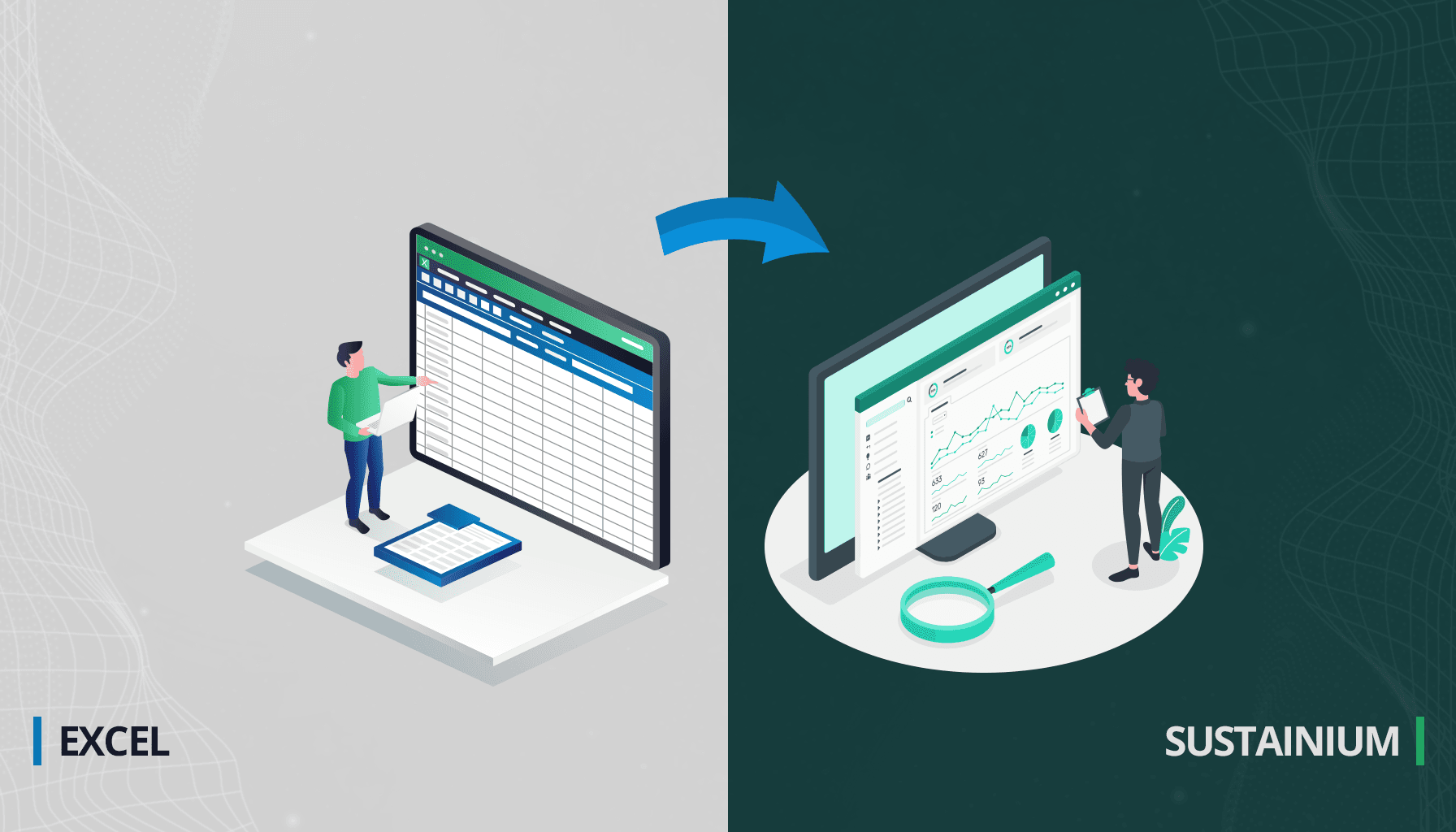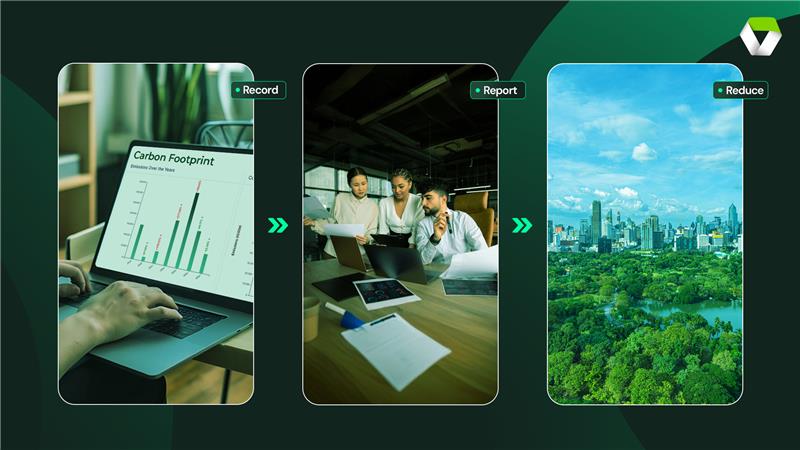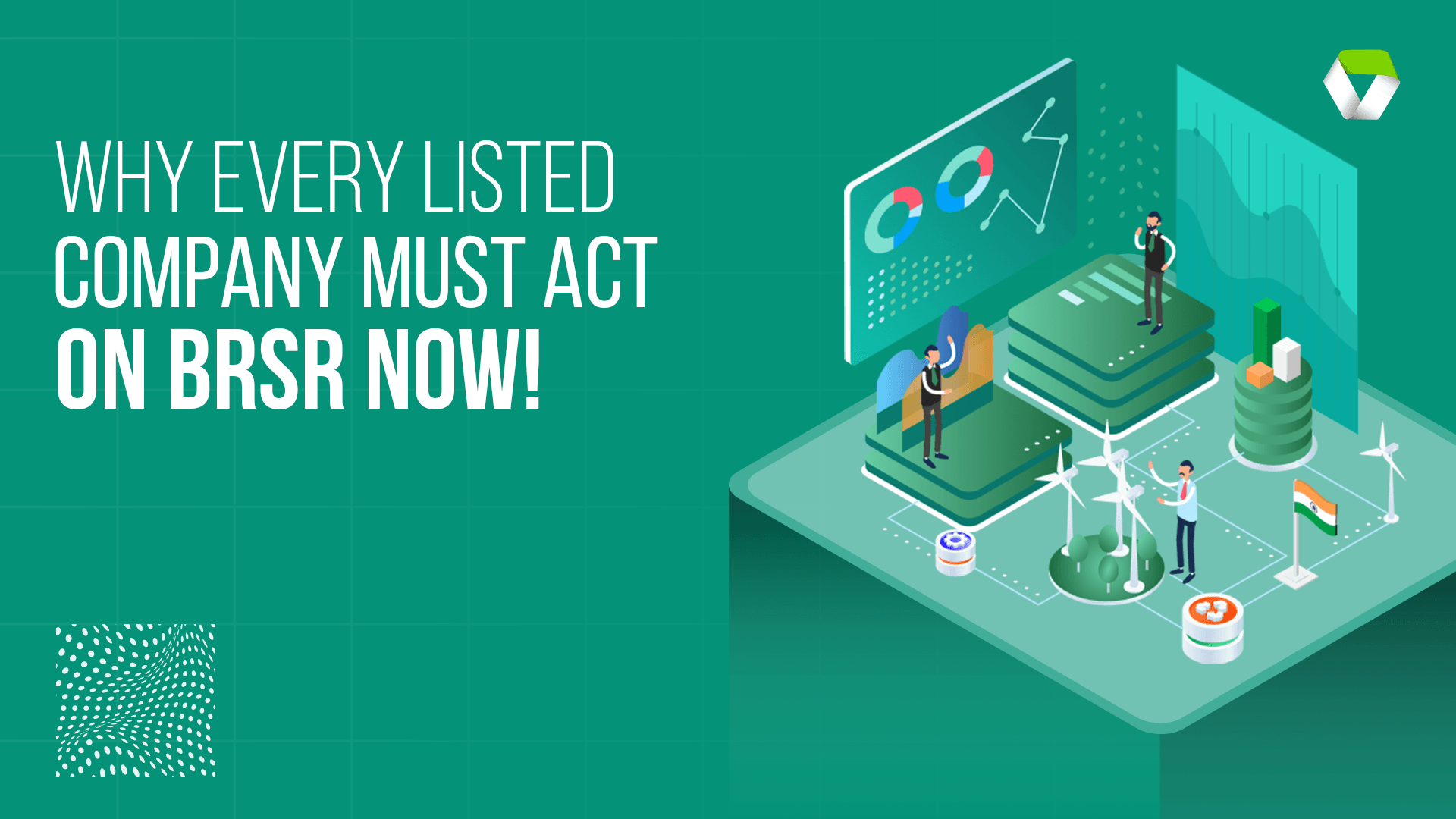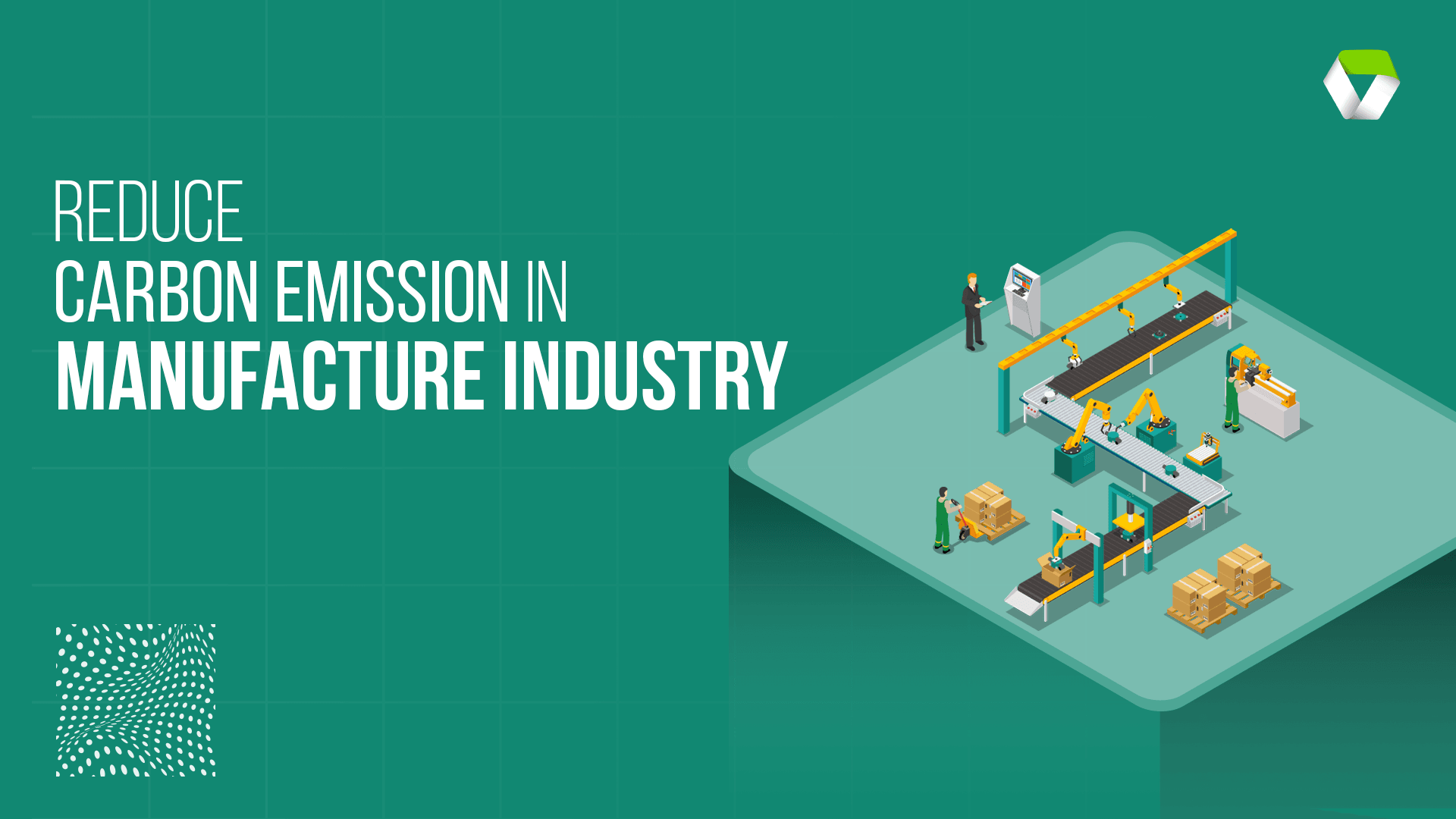Why Shift from Excel to Sustainium for Carbon Inventorization?

As someone in charge of your company’s carbon inventory, chances are you’ve probably started with Excel—like most of us. From collecting energy and fuel usage data to calculating emissions and tracking trends, Excel often feels like the default choice. But as useful as Excel can be, we all know it has its limitations, especially as your data grows in size and complexity. Here are some common challenges that make Excel tough to manage for carbon accounting:
- Data Collection for Multiple Assets: Managing energy and electricity data for five assets? Doable. But once you expand beyond that, keeping track of all the data sources, evidence, and records becomes a logistical nightmare.
- Communicating with Asset Managers: Collecting Scope 1 and Scope 2 data for upstream or downstream leased assets can be difficult. Tracking responses, nudging asset managers for data, and ensuring everyone follows through is often their last priority.
- Scope 3 Complexities: For companies that need to account for Scope 3 emissions, things get even more complex. Identifying organizational boundaries, selecting the right Scope 3 categories, applying accurate emission factors—it’s a steep climb, even for experienced hands. Add to that the hassle of managing separate trackers for each category.
- Data Collection from Value Chain Stakeholders: Getting suppliers and contractors in your value chain to understand your sustainability strategy—and actually send you the right data—takes significant effort. You need clear communication and consistent follow-up.
- Dashboard Overload: While Excel is good for creating visualizations, setting up multiple dashboards to track performance across group companies, subsidiaries, and wholly-owned assets is both time and resource-heavy.
- Handling Emission Factors Across Geographies: Entering the correct emission factor based on the fuel type and location is simple enough for a small dataset. But when your assets are spread across different geographies, this task becomes exponentially harder.
- Audit-Ready Evidence: When it’s time for third-party assurance, organizing all that data and its corresponding evidence into folders—then renaming them so they can be easily found—could take weeks.
- Tracking Progress Against Goals: Even if you’ve managed the data, tracking current performance against sustainability goals in Excel remains a challenge.
How Sustainium Solves These Challenges
Sustainium is designed to tackle these exact problems, providing an all-in-one solution that streamlines and simplifies the carbon accounting process. Here’s how we help:
- Centralized Data Collection: Sustainium collects and stores data (with corresponding evidence) from multiple assets, group companies, subsidiaries, joint ventures, and franchisees—making everything accessible in one place.
- Automated Scope 3 Data Collection: Collect Scope 3 data like upstream/downstream leased assets automatically. Our platform sends emails to lessees/lessors, prompting them to upload the relevant data.
- Automated Dashboards: Our dynamic dashboards track performance and emissions targets at both the asset and company level. Everything you need to see is presented clearly, with real-time tracking.
- Vast Emission Factor Database: With our large database of emissions factors, Sustainium automatically applies the correct factor based on geography and category, ensuring accurate calculations across all assets.
- Streamlined Assurance Process: When it’s time for third-party assurance, external auditors can be given read-only access. Because all evidence is attached to its respective emission source, verification is quick and easy—no need to scramble to organize folders.
- Additional Features:
- Interconversion of Units: Automatically convert between Imperial and SI units.
- Currency Conversion: Automated conversions to handle international financial reporting.
- GHG Report Generation: Generate reports aligned with GHG Protocol, in minutes.
With Sustainium, you’ll spend less time managing data and more time focusing on strategies to reduce your company’s environmental impact.






